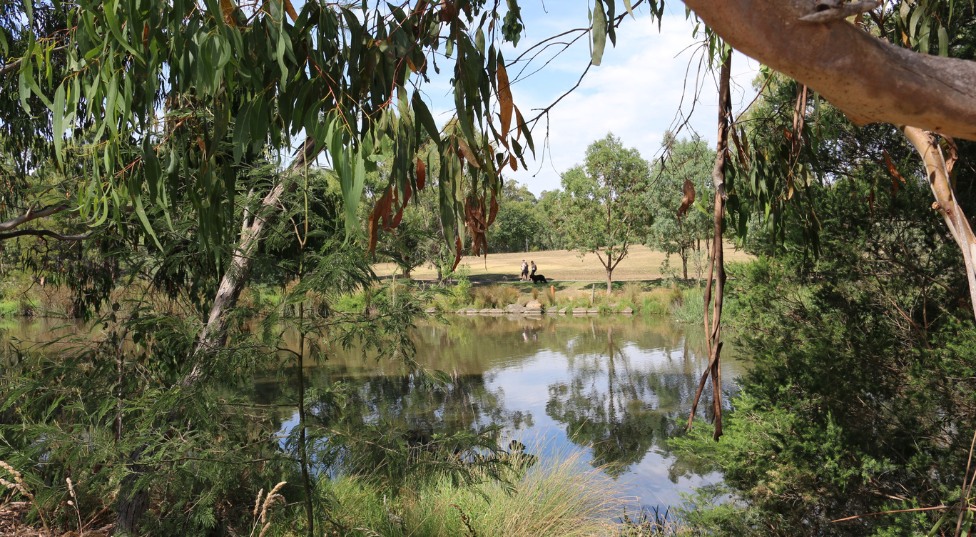Eco Detection fills the gap for improved measurement, reporting and verification (MRV) of water quality, a pillar of biodiversity.
This article provides a guide to investing in biodiversity.
Biodiversity credits are a market-based tool used to incentivise the conservation and restoration of ecosystems and the protection of biodiversity. They are typically used to offset the negative impacts of development or other human activities on natural habitats, and can be bought and sold by companies, governments, or other entities.
The concept of biodiversity credits is based on the idea that each unit of biodiversity or ecosystem function has a certain value or “credit” that can be quantified and traded. For example, if a company wants to build a new development on a piece of land that contains a valuable wetland ecosystem, they may be required to purchase biodiversity credits to offset the negative impact of their development on the wetland. The credits would represent the conservation or restoration of an equivalent wetland ecosystem somewhere else, ensuring that the overall level of biodiversity is maintained or improved.
There are several benefits to corporations that participate in biodiversity credit markets. First, purchasing credits can help companies meet environmental regulations or requirements related to development. By offsetting their negative impact on biodiversity, they can continue with their development projects without incurring additional costs or delays. Second, participating in these markets can enhance a company’s reputation as a responsible corporate citizen that cares about the environment. This can be an important factor in attracting customers and investors who prioritise sustainability. Finally, by supporting the conservation and restoration of ecosystems, companies can also benefit from the ecosystem services provided by those ecosystems, such as clean water, pollination, and carbon sequestration.
In addition to these benefits, biodiversity credits can also have broader environmental and social benefits. By encouraging the conservation and restoration of ecosystems, these markets can help to protect important biodiversity hotspots and maintain critical ecosystem functions. They can also support the livelihoods of local communities who depend on these ecosystems for their livelihoods, such as fishermen or indigenous peoples.
According to a 2021 report by KPMG titled “Biodiversity Credits: What are they, and how can they help tackle biodiversity loss?”, the market for biodiversity credits is growing rapidly. The report estimates that the market for biodiversity credits could be worth up to $200 billion annually by 2030, up from an estimated $500 million in 2019.
The report also highlights that biodiversity credits are becoming an increasingly important tool for companies to address their impacts on biodiversity and ecosystems. Many companies are now using biodiversity credits to offset the impact of their business activities, particularly in industries such as mining, oil and gas, and infrastructure development.
Here are some figures and investments over the last few years in biodiversity credits:
- In 2021, Goldman Sachs announced a $10 billion initiative to advance climate transition and inclusive growth. As part of this initiative, the bank committed to investing $1 billion in projects that protect and restore critical ecosystems, including the use of biodiversity credits (source: Goldman Sachs).
- In 2020, the UK government announced a new biodiversity offsetting scheme, which aims to provide developers with a more efficient and streamlined approach to mitigating the ecological impact of new development. Under the scheme, developers can purchase biodiversity credits from designated offsetting providers (source: The Guardian).
- In 2019, the World Bank launched the Species Conservation and Climate Change Project, which aims to use biodiversity credits to incentivise conservation in Brazil, China, and Mexico. The project is expected to generate over 5 million biodiversity credits over a 10-year period (source: The World Bank).
- In 2018, the US state of Maryland launched a pilot program for biodiversity credits. The program, which was developed in partnership with the Environmental Defense Fund, allows developers to purchase credits from landowners who have implemented conservation practices on their land (source: Environmental Defense Fund).
- In 2017, the International Finance Corporation (IFC) launched the first-ever biodiversity offset program in Indonesia. The program aims to generate biodiversity credits through the restoration and conservation of degraded forests and other ecosystems. The credits will be sold to companies looking to offset their environmental impacts (source: IFC – International Finance Corporation)
Overall, the market for biodiversity credits is growing, with significant investments being made by governments, financial institutions, and other stakeholders. As the market continues to mature, it is likely that we will see more innovation and expansion in the use of biodiversity credits as a tool for conservation and sustainable development.
As biodiversity credits provide a market-based mechanism for balancing economic development with environmental protection and conservation, are there opportunities for your company to invest in biodiversity credit projects or partner with conservation organisations to promote the conservation and restoration of ecosystems?
Author: Aymeric Maudous, CEO Founder of Lord of the Trees: ecosystem restoration using robotics, drones and AI originally published on LinkedIn

